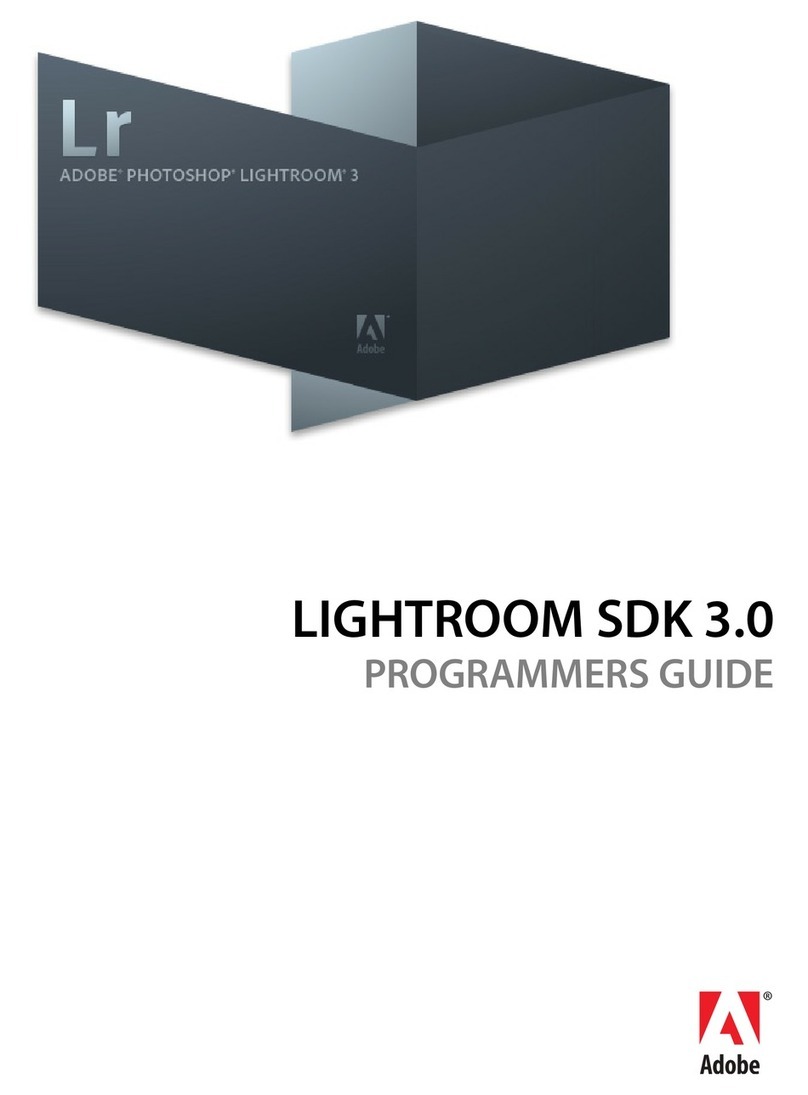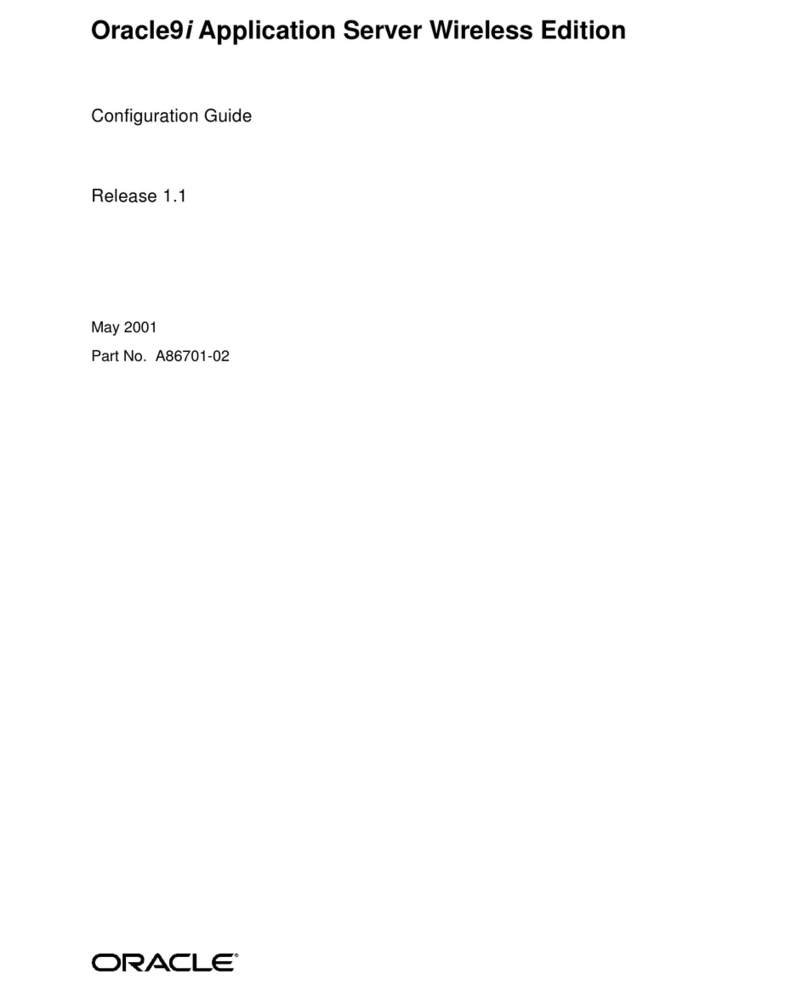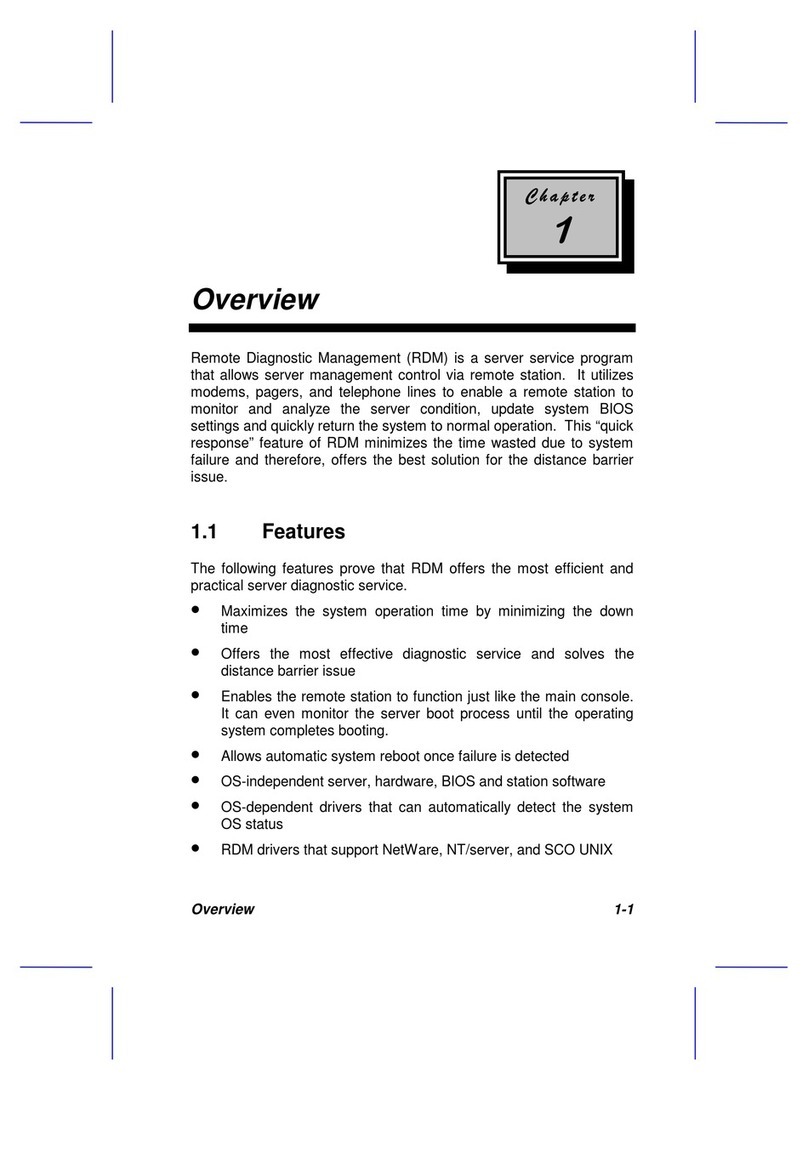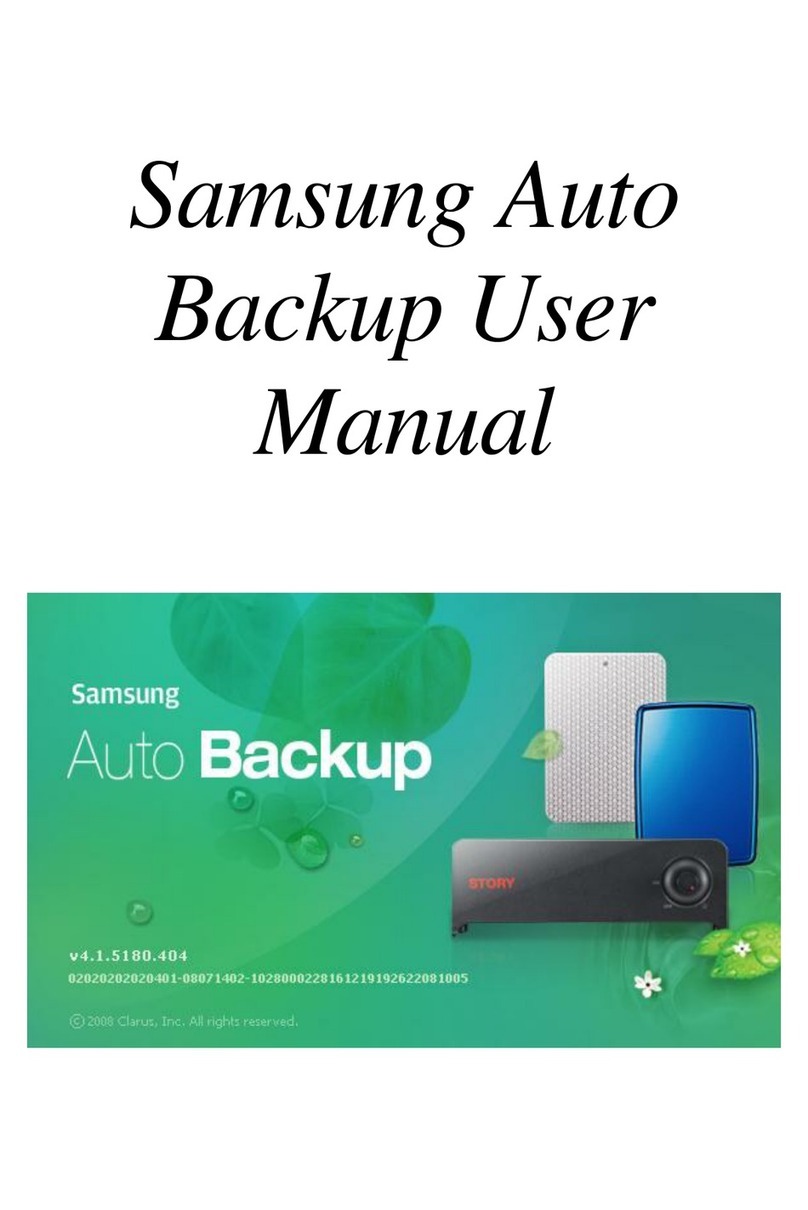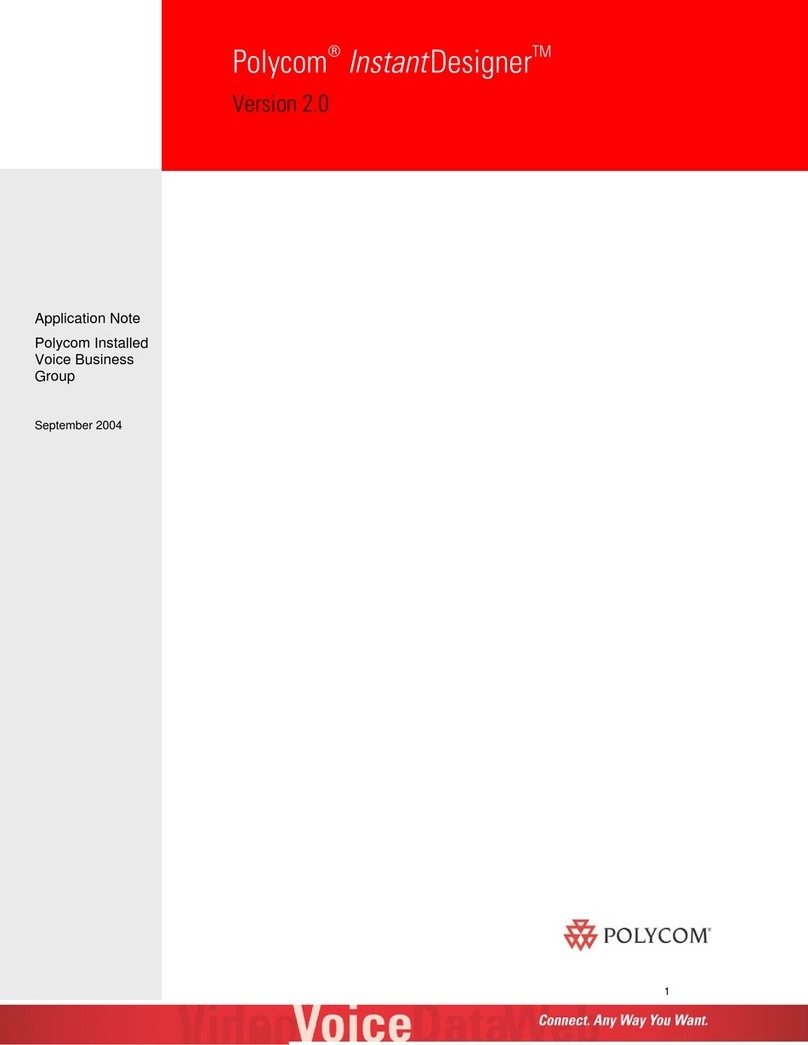
Chapter 1—Welcome
iTriumph is an integrated contact, calendar and journal for Mac OS X. It sports all the conveniences of a modern
information manager. Its flexible interface lets you view your information many different ways including pow-
erful list views that can be sorted and filtered. iTriumph synchronizes seamlessly with cloud-based services
(iCloud, Google Calendar, etc.) so you have access to your latest calendars and contacts.
Are you a SOHO Organizer user?
iTriumph is a new product built using SOHO Organizer's code base. In order to move the product forward in this
new era of cloud-based solutions, we had to make some major under-the-hood changes/improvements. This
meant that we had to remove some features that either wouldn't seamlessly translate to a cloud-based world
or that are no longer supported in OS X Mavericks (like Sync Services). We aim to add back some of these fea-
tures in a new and improved way over time. Other features likely won't return for various technical reasons. If
these removed features are critical for your workflow, then iTriumph is not currently a replacement for SOHO
Organizer. If the removed features don't affect your workflow, then iTriumph is a replacement for SOHO Organ-
izer. We think iTriumph will meet the majority of our customers' needs today and certainly in the coming years
as we add features and improve the product. Development has ceased on SOHO Organizer since we believe
iTriumph represents the future.
Removed Features. The most notable feature removed is local calendar and contact syncing (by "local", we
mean calendars and contacts stored on your computer and not in the cloud). We previously supported local
syncing using Apple's Sync Services technology. Apple removed Sync Services completely from OS X Mavericks
which means it's no longer available. Apple is recommending users instead use network or cloud-based solu-
tions like iCloud, CalDAV, CardDAV, etc. iTriumph supports local calendars and contacts, but there isn't a way to
synchronize this data with other software like iTunes or your iPhone. b) Attaching notes, events, and tasks to
contacts has been removed since this feature has never been available for cloud-based contacts (you can still
enter inline notes for any contact since that is supported by CardDAV). c) Support for incoming/outgoing SMS
messages, Bluetooth dialing, and modem dialing has been removed since the ubiquitous iPhone doesn't have
API support for any of these. d) The Desktop Calendar feature has been removed since we have a separate ap-
plication called Spotlife which performs this feature on a much grander scale (see "Upgrade Pricing" below for
special pricing).
Separate Applications. SOHO Organizer consists of three applications: SOHO Organizer, SOHO Notes, and
SOHO Print Essentials. When SOHO Organizer was originally released, the Mac App Store didn't exist. When Ap-
ple introduced the Mac App Store, they announced that it didn't support suites of applications (all applications
are sold individually). Apple even followed this paradigm switch by breaking iWork into three separate applica-
tions on the Mac App Store: Pages, Keynote, and Numbers. So iTriumph will stand on its own, but going for-
ward, it will still integrate with the successors to SOHO Notes and SOHO Print Essentials (see below).
SOHO Notes. Development has ceased on SOHO Notes as it will be replaced in 2014 by a new product called
NoteLife (the same name as its iOS counterpart). This new product will be based on SOHO Notes and it will offer
cloud-based synchronization of notes. We plan to integrate these cloud-based notes with iTriumph over time.
At this point, we don't have any official announcements to make in terms of when the new NoteLife product
will be available or the type of cloud-based syncing it will support
SOHO Print Essentials. Development has ceased on SOHO Print Essentials and it has been replaced by Print-
Life which offers many new features not available in SOHO Print Essentials. Just like SOHO Organizer, iTriumph
does not have built-in capabilities for printing labels, envelopes, etc. If you need these capabilities, we recom-
6




